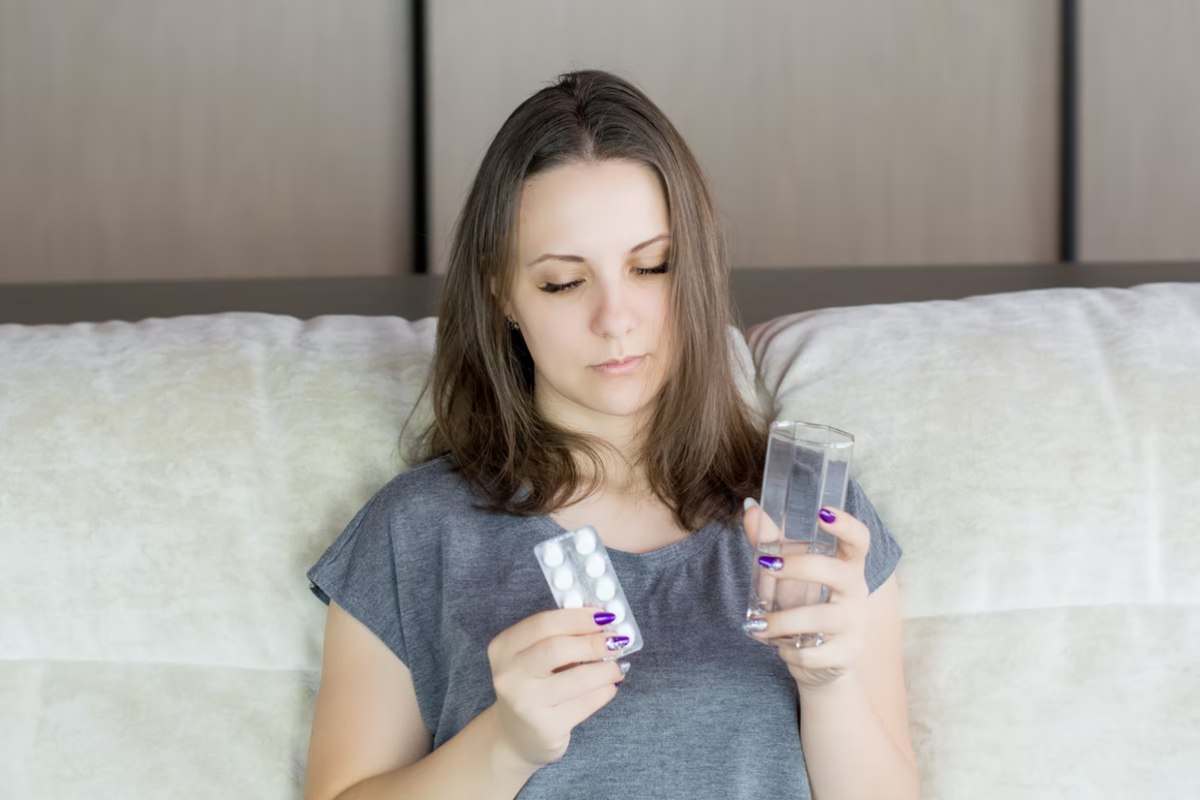Have you ever developed tiny blisters filled with fluid around or on your lips? Those fever blisters are known as cold sores and are a very common viral infection. The blisters group together in reddish patches around the mouth and form a scab, and although the scab can be pretty gory to look at, it usually clears away in around a week.
But is there any cold sore treatment that can deal with the symptoms or even prevent breakouts? What are the signs of a cold sore breakout anyway? Let us have a deeper look at cold sores and find the answers.
Table of Contents
Interesting facts about cold sores
- Cold sores are caused by the herpes simplex virus, which comes in two forms: HVS-1 (which typically causes cold sores) or HSV-2 (which results in genital herpes). The herpes simplex type 1 virus is more common than the herpes simplex type 2 virus.
- According to the WHO, around two thirds of people under 50 around the world carry at least one type of the virus, even if they have never had a breakout. This means that many of us could have the HSV without our knowledge.
- The first time you have a cold sore break out, the symptoms may be very severe. In fact, a child experiencing a cold sore for the first time can fall seriously ill.
- After experiencing the first break out of cold sores, your body makes antibodies to fight off the virus. Meaning you may never experience another cold sore again. However, some people endure repeated outbreaks for the rest of their lives.
- If you get infected with the herpes simplex virus today, the cold sores may appear up to 20 days later. Additionally, the sores will most likely occur near the area where the virus entered the body.
- If you develop a cold sore, you may feel an itching, tingling, or burning sensation.
- Cold sores are contagious even when they are not visible. Both the HSV-1 and HSV-2 viruses can be spread by oral sex, thereby affecting the genitals or the mouth.
- There is no cure for cold sores. However, cold sore treatment can help to manage the breakouts. Also, antiviral creams and pills can help to manage the sores by reducing their severity and frequency
- The maximum amount of time that a cold sore can last is normally about 7 to 10 days.
The first breakout symptoms
When you contract the herpes simplex virus for the first time, you may experience the following symptoms:
- Appearance of tiny blisters around the lips or mouth
- Headache
- Fever
- Sore throat
- Swollen lymph nodes
- Painful gums
- Muscle aches
- Children under five years may have cold sore lesions inside their mouth
Stages of a cold sore breakout
First, you will experience a burning, tingling, or itching sensation.
12 to 24 hours later, blisters may form around the lips or mouth. Sometimes cold sores may appear on the nose and cheeks. The affected area becomes swollen, painful, and red.
After this, the cold sores may break open, causing fluid to come out. This process can last for three days.
Later, a scab forms on the sores to cover them. The scab may bleed or crack later on, and finally fall off.
Cold sore triggers
Several things can trigger a cold sore break out. They include:
- Allergies
- Colds
- Stress
- Fever
- Certain foods
- Fatigue
- Menstruation
- Dental work
- Cosmetic surgery
- Sunburns
How to avoid spreading the virus?
If you have cold sores, avoid doing the following:
- Kissing
- Oral sex
- Sharing personal items search as eating utensils, lipstick, glasses, razors, lip balm, and towels
To lower your risks of another outbreak, ensure that you do the following:
- Talk to your doctor so that they can give you a prescription for antiviral creams or pills
- When outside, wear lip balm that has sunscreen elements
- Get as much rest as possible
Cold sores are manageable, and treatment is available. If you suspect that you may have a cold sore breakout, consult your doctor today.

